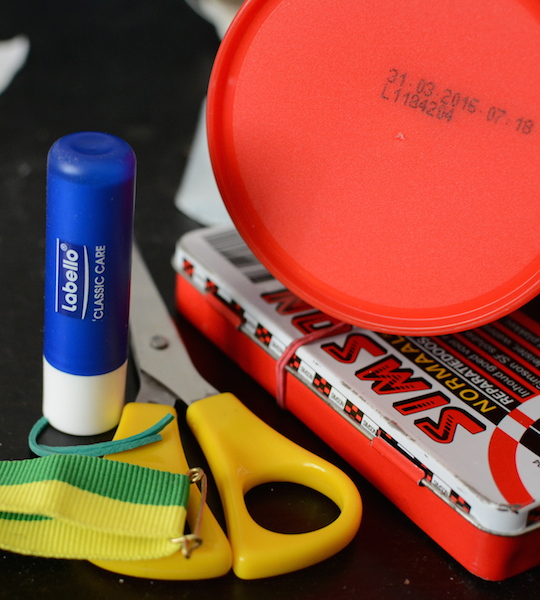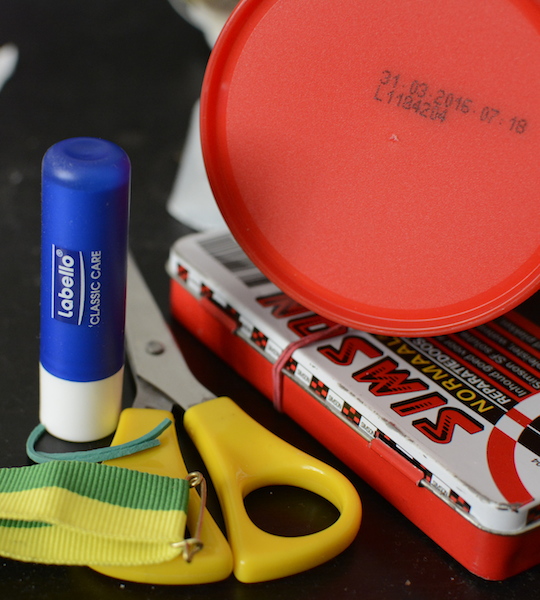Good piece on the misguided efforts to get adults to wear helmets when riding a bicycle.
Here in Holland adults on regular bikes (as opposed to racing bikes) virtually never wear helmets. I've never heard of anyone falling off of their bikes on their heads.
I've cycled 8000 km last year myself, and I can think of very many things that would make the roads safer for cycling, the first of which would be to, you know, look at the traffic around you. Helmets would be very far down the list.
I got some flack for always listening to podcasts or music when cycling, but I don't think that's a problem. I keep the volume low enough that I can still hear car horns and I'm very careful about looking in all directions, including behind me, which many cyclists don't. I had two minor collisions the past year, in both cases because another cyclist turned left unexpectedly as I was passing them.
Permalink - posted 2014-05-20
It's only been about seven months since Apple released OS X 10.9, the latest and greatest version of its Mac operating system. But the yearly upgrade cycle means that unless something unexpected happens, Apple will tell us about OS X 10.10 at the traditional keynote next month on the first morning of its Worldwide Developers Conference (WWDC). The operating system is over 13 years old and it's come a long way since those first versions, but it's still not perfect. What areas do we think Apple should focus on in 10.10?
Permalink - posted 2014-05-20
I started taking photos in the 1980s. I still have a bunch of black-and-white negatives that I developed myself, but never got them printed. In addition to that, I have color photos with their negatives and slides. The past years, I've been looking for a way to digitize all of these. The number of photos isn't huge, maybe a few hundred, but having a service do it at 50 cents or so quickly adds up. Turns out that some flatbed scanners have a transparency attachment so you can scan negatives and slides. The Epson Perfection V370 Photo scanner has a transparency mode built in. It gets pretty good reviews and only costs about € 80 or $100. So I got one.
Read the article - posted 2014-05-17
►
The other day I had a discussion about whether to use the "standard" sRGB color space or a larger color space for my digital photos.

Full article / permalink - posted 2014-05-04
▼
The other day I had a discussion about whether to use the "standard" sRGB color space or a larger color space for my digital photos. My thinking was that because my monitors are limited to sRGB (or less) anyway, I'm not going to see any colors that fall outside what an sRGB file can encode. So there's no immediate need to use a bigger color space such as Adobe RGB 1998. Here's the same photo taken with my Nikon D7100, the left one using sRGB and the right one using Adobe RGB 1998 (they are mousoverable):


(If you have a screen that doesn't do better than sRGB and your browser and operating system do proper color management, the colors in the two photos should look identical. If the right one looks duller, your software doesn't do proper color management. If your screen is better than sRGB and your software does proper color management, the colors in the photo on the right should look more saturated.)
(I actually had a hard time making sure the files are really different. They are. Use Firefox and the setting gfx.color_management.mode = 0 in about:config as explained here, restart Firefox, load this page and you'll see.)
I could of course use Adobe RGB anyway in anticipation of better hardware in the future. The trouble is that not all hard- and software uses color management properly. If something along the way then interprets an Adobe RGB file as an sRGB file, the results will be worse.
Anyway, I then looked at what the JPEG and raw files that come out of the camera look like. The camera can record more color information than what can be stored in a file that uses an sRGB color profile, so when creating an sRGB JPEG file, the camera must reduce the color gamut somehow. The camera can also produce raw files, which is basically a dump of the data straight from the image sensor. Preview, Apple's image viewing/conversion tool, interprets those files as Adobe RGB 1998, but then of course also has to reduce the color gamut in order to display the file. And it does that very differently from how Nikon does it:

So it looks like Nikon just dials down the saturation of the colors, while Apple "clips" the very saturated colors that fall outside the sRGB color space. It's hard to say which approach is superior, but they are very different.
Permalink - posted 2014-05-04
Yes, it's 2014. Using IPv6 sockets is no big deal.
Permalink - posted 2014-04-30
Reading Bruce Schneier's blogpost on the heartbleed bug:
I'm hearing that the CAs are completely clogged, trying to reissue so many new certificates. And I'm not sure we have anything close to the infrastructure necessary to revoke half a million certificates.
Wouldn't it make sense to simply invalidate update SSL implementations to reject all certificates that predate the discovery of the heartbleed vulnerability? Even if all the the potentially compromised certs are added to revocation lists, most clients don't check for revoked certificates, leaving a huge opportunity for man-in-the-middle attacks using the compromised certificates.
Permalink - posted 2014-04-18
older posts
- newer posts



